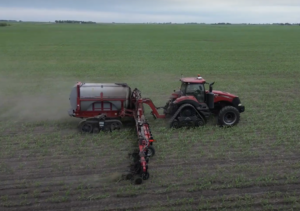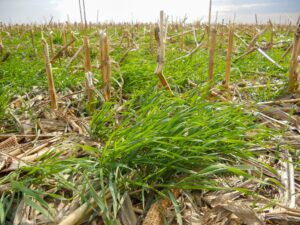
Iowa’s farmers are increasingly concerned about the impacts weather extremes have on crop production. In 2011, 68% said climate change was threatening agricultural productivity, compared to 81% in 2020, according to the 2020 Iowa Farm and Rural Life Poll.
On the Plus Side, farmers are finding many ways to minimize weather impacts and protect their crops. The poll found:
- 58% agreed they should take additional steps to protect their land from extreme weather events.
- 51% said they plan to use conservation practices to increase their farm’s resilience to extreme weather.
The Plus Side of weatherproofing
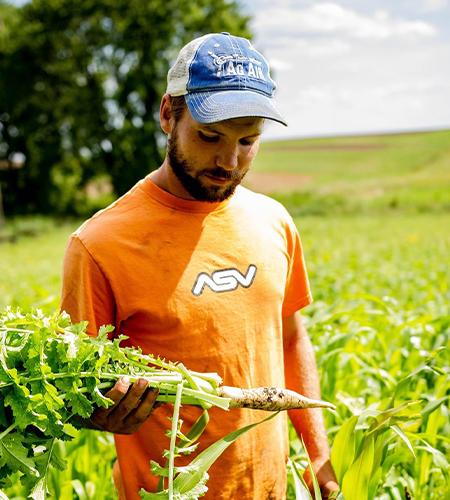
When Washington County farmer Michael Vittetoe joined his family’s farming business, he continued the no-till legacy and began experimenting with cover crops. Now he’s seeing soil health and economic benefits accumulate.
Vittetoe said another Plus Side to cover crops is the flexibility they provide when managing weather extremes. During a wet spring, cover crops help draw moisture from the soil profile through transpiration, and during a dry spring, he terminates earlier to save moisture for the cash crop.
“4R Plus practices help our soil handle big rain events differently,” he said. “We have also reduced our herbicide use by about 50% while providing more flexibility in the weed control programs we use.”
The Plus Side of protecting valuable soil
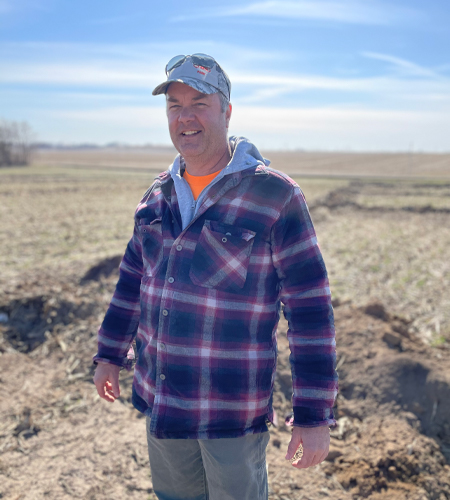
Grundy County farmer Dale Launstein uses 4R Plus practices to keep his soil to himself. “I didn’t like putting the tillage tool in the ground and watching the soil ride away with a heavy rain event,” he said. “I like the positive effects of no-till, strip-till and cover crops. This system keeps the soil where it belongs.”
The 2021 growing season is the third year Launstein and his brother, John, will use cover crops on all the acres they farm because they see a Plus Side to improving yield consistency on corn and soybean acres.
The Plus Side of protecting water quality
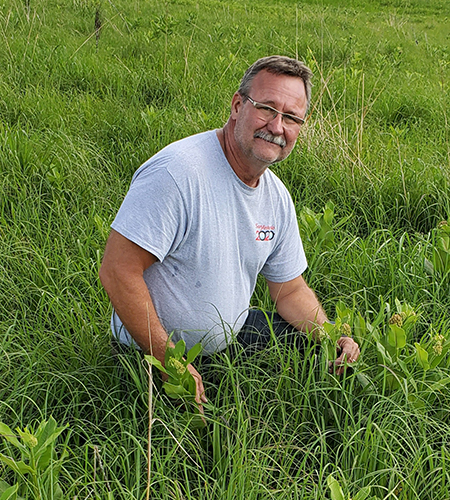
O’Brien County farmer Kelly Nieuwenhuis switched to one-pass vertical tillage in 2016 after a long history in a full tillage program. His Plus Side is impressive: increased organic matter, reduced fertilizer applications, reduced pesticide use, improved water quality, drastically reduced fuel and equipment costs from fewer passes, good earthworm populations – and good yields.
Tile lines are regularly tested for nitrate levels to assure he’s being a good neighbor. Tests reveal nitrate levels are under 0.01 parts per million (ppm), which is well below the U.S. EPA nitrate standard for primary drinking water from public water supplies, which is 10 ppm.
“My goal is to constantly grow organic matter, eliminate nutrient loss and improve water quality,” said Nieuwenhuis.
The Plus Side of preserving productivity
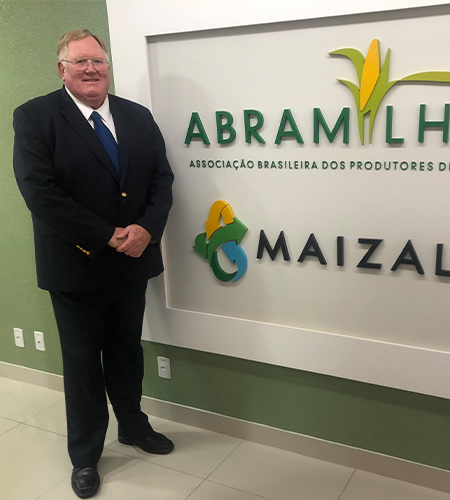
Fremont County farmer Julius Schaaf still helps on the farm while management is transitioned to his son Shane. He has a long history of protecting the soil from erosion by using 4R Plus practices like no-till and cover crops. They also maintain terraces, waterways, and buffer strips, and they have restored wetlands and added ponds to expand the quail habitat.
Schaaf is a firm believer that improving soil productivity is critical to producing more food while seeing the Plus Side of using fewer inputs. “When you take a 60-year look at agriculture, the amount of crops we’re taking off the land compared to the amount of fertilizer and chemicals we’re putting in, it’s amazing how we’ve advanced production without increasing inputs,” he said. “Some of it is improving plant genetics, but we’re also increasing productivity because of the way we’re treating our soils.”
What’s your Plus Side? Share it with us on social media
We invite you to join the Plus Side movement! Tag @4RPlus on your Facebook or Twitter post with a picture of your family and tell us why it’s important to protect your land for future generations. You can also share a picture of your crops or farm and share your Plus Side of protecting the soil.
On Twitter, use hashtags: #PlusSide #4RPlus #Weatherproofing.


